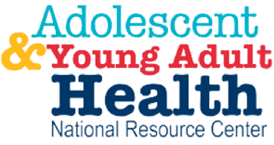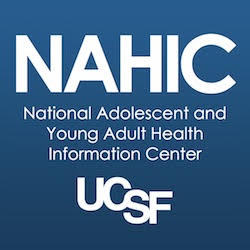Protecting Adolescent Confidentiality Under Health Care Reform: The Special Case Regarding Explanation of Benefits (EOBs)
This report explores a number of strategies to balance the need of confidentiality with patient communication, and provides insights offered through interviews with experts on...
 University of California San Francisco
University of California San Francisco


